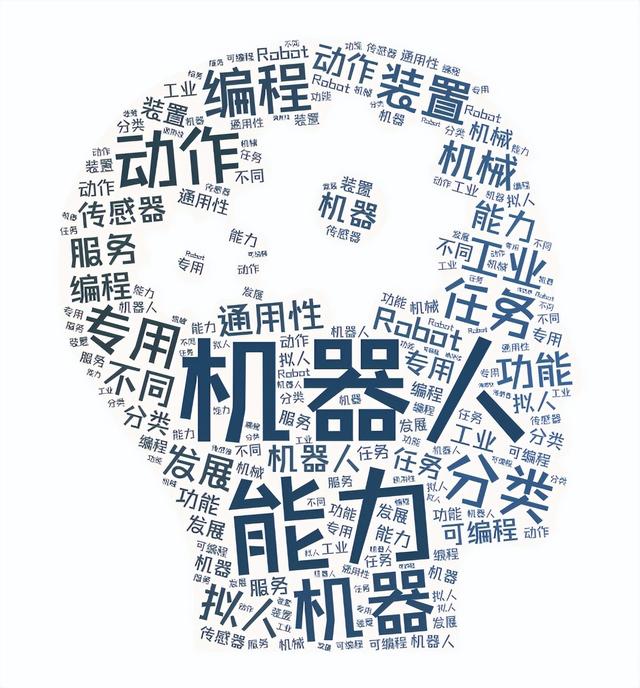机器人的详细教程(学点儿知识系列)

机器人的发展:机器人(Robot)一词源自于 1923年捷克作家Karel Capek(卡查培克)在他的讽刺剧“罗萨姆的万能机器人”中首先提出的。剧中描述了一个与人类相似,但能不知疲倦工作的机器奴仆Robota(捷克语)。
The development of robots: the word "robot" comes from the first idea put forward by the Czech writer Karel Capek in his satirical play "the universal robot of rosam" in 1923. The play describes a robot slave (Czech) who is similar to human beings but can work tirelessly.
机器人的概念:一种可编程的多功能操作机,用于移动材料、零件、工具等,或者一个通过各种编程动作来完成各种任务的专用装置。这个定义实际上指的是工业机器人。机器人是一种自动化的机器,所不同的是这种机器具备一些与人或生物相似的智能能力,如感知能力、规划能力、动作能力和协同能力,是一种具有高度灵活性的自动化机器。机器人是一种拟人功能的机械电子装置。
The concept of robot: a programmable multi-function manipulator, which is used to move materials, parts, tools, etc., or a special device to complete various tasks through various programming actions. This definition actually refers to industrial robots. Robot is a kind of automatic machine. The difference is that this kind of machine has some intelligent abilities similar to human or biology, such as perception ability, planning ability, action ability and cooperation ability. It is an automatic machine with high flexibility. Robot is a kind of mechanical and electronic device with humanoid function.
机器人的特点:
1.拟人功能:模仿人或动物肢体动作的机器,能像人那样使用工 具的机械。
2.可编程: 机器人具有智力或感觉与识别能力,可随工作环境变化的需要而在编程。
3.通用性:在执行不同作业任务时,具有较好的通用性。
4.机电一体化的自动化装置
Characteristics of robot:
1. anthropomorphic function: a machine that imitates the movements of human or animal limbs, and a machine that can use tools like human beings.
2. programmable: the robot has the ability of intelligence or feeling and recognition, and can be programmed according to the needs of the changing working environment.
3. commonality: it has good commonality when performing different tasks.
4. electromechanical integration automation device
机器人的分类:
1 按照发展分类
第1代, 简单的传感器,顺序控制 “示教机器人”60-70年代
第2代,装有各种类型的传感器,反馈信息,80年代
第3代,智能型机器人 推理 学习 适应环境,90年代
第4代,情感型机器人,21世纪
Classification of robots:
1 Classification by development
1st generation, simple sensor, sequential control "teaching robot" 1960s-1970s
Generation 2, equipped with various types of sensors, feedback information, 1980s
The third generation, intelligent robot reasoning and learning to adapt to the environment, 1990s
The 4th generation, emotional robot, the 21st century
2 按照用途分类
工业机器人:焊接、喷漆、装配、检测等
服务机器人:应用于家庭或者直接服务于人
专用或特种机器人:原子炉的检修、深海打捞、宇宙探测Robot
2 classification by use
Industrial robots: welding, painting, assembly, testing, etc
Service robot: applied to the family or directly serves people
Special or special robots: atomic furnace maintenance, deep-sea salvage, space exploration robot
参考资料:百度百科
翻译:Google翻译
本文由LearningYard学苑原创,文中部分图片和文字均来源于网络,如有侵权请联系删除!
,免责声明:本文仅代表文章作者的个人观点,与本站无关。其原创性、真实性以及文中陈述文字和内容未经本站证实,对本文以及其中全部或者部分内容文字的真实性、完整性和原创性本站不作任何保证或承诺,请读者仅作参考,并自行核实相关内容。文章投诉邮箱:anhduc.ph@yahoo.com






